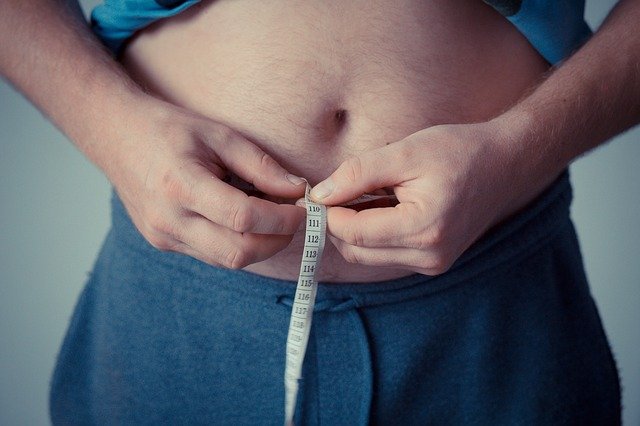Statistics from the Centers for Disease Control and Prevention (CDC) show that obesity affects more than 40% of American adults. Obesity leads to a significant increase in the risk of developing heart disease, stroke, type 2 diabetes, and certain types of cancer.
The current obesity epidemic is considered to be largely driven by environmental factors. During the last century, two models addressing environmental causes of obesity have been developed.
The energy balance model
In the dominant and longstanding energy balance model, overconsumption of highly palatable, energy-dense processed foods drives weight gain.1 The USDA’s Dietary Guidelines for Americans 2020–2025, which is based on this model, states that losing weight “requires adults to reduce the number of calories they get from foods and beverages and increase the amount expended through physical activity.”
There are fundamental flaws in the energy balance model. Although calorie restriction initially leads to weight loss, predictable biological responses – such as decreased metabolic rate and elevated hunger – eventually oppose weight loss.1
Despite decades of public health messaging urging people to eat less and exercise more, rates of obesity and obesity-related diseases have steadily increased. This highlights the inadequacy of weight management based on the energy balance model.
The carbohydrate-insulin model
Research published in The American Journal of Clinical Nutrition1 supports a second model, the carbohydrate-insulin model, which states that overeating may not be the primary cause of obesity. Instead, the root causes of the obesity epidemic may be more related to what we eat rather than how much we eat. Although the carbohydrate-insulin model dates back to the early 1900s, this perspective is the most comprehensive description of this model to date.
Researchers argue that the carbohydrate-insulin model is a better alternative to help us understand the biological basis of obesity and weight gain compared to the energy balance model. Lead author, Dr David Ludwig, states that the energy balance model is insufficient in explaining the biological causes of weight gain: “During a growth spurt, for instance, adolescents may increase food intake by 1,000 calories a day. But does their overeating cause the growth spurt or does the growth spurt cause the adolescent to get hungry and overeat?”2
According to the carbohydrate-insulin model, positive energy balance and increased fat deposition are caused by modern dietary patterns – which are characterised by excessive consumption of foods with a high glycemic load, particularly processed and rapidly digestible carbohydrates. These foods cause hormonal responses that fundamentally change our metabolism, driving fat storage, weight gain, and obesity.
Consumption of highly processed carbohydrates leads to increased insulin secretion and reduced glucagon secretion. This change signals fat cells to store more calories, decreasing the amount of dietary calories available to fuel muscles and other metabolically active tissues. Metabolism may also slow down in order to conserve fuel. For this reason, both hormonal and metabolic responses to the source of dietary calories mean that individuals on a high-glycemic-load diet have increased feelings of hunger, despite continuing to gain excess fat.
Additionally, the carbohydrate-insulin model points to more effective, long-lasting weight management strategies. This is because humans may have greater long-term control over what than how much they eat. Instead of urging people to eat less, a strategy which usually does not work in the long run, the carbohydrate-insulin model focuses more on what we consume. Dr. Ludwig explains that “reducing consumption of the rapidly digestible carbohydrates that flooded the food supply during the low-fat diet era lessens the underlying drive to store body fat. As a result, people may lose weight with less hunger and struggle.”
The authors acknowledge that future research is required to compare the validity of both models and even generate new models that better fit the evidence. It is important that work to combat obesity takes priority in the modern and industrial food environment due to the massive and growing burden of obesity-related diseases throughout the world.
References:
1. Ludwig D, et al. (2021). The carbohydrate-insulin model: a physiological perspective on the obesity pandemic. Am J Clin Nut. Retrieved from: https://academic.oup.com/ajcn/advance-article/doi/10.1093/ajcn/nqab270/6369073
2. Scientists claim that overeating is not the primary cause of obesity (2021). EurekAlert! Retrieved from: https://www.eurekalert.org/news-releases/927735
Image by Michal Jarmoluk from Pixabay



